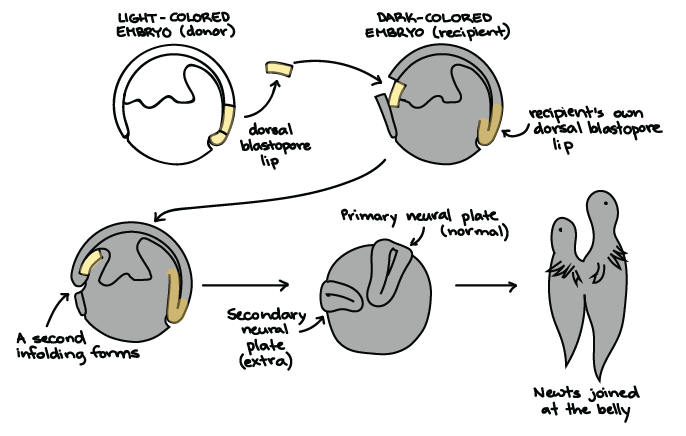
These core proteins are part of a signaling pathway that regulates cell shape and motility through the action of multiple effectors, including components of the vesicular trafficking machinery and cytoskeleton-remodeling factors ( Butler and Wallingford, 2017 Devenport, 2014). Both PCP complexes also include the atypical cadherin Flamingo (Celsr in vertebrates). The core PCP pathway, initially identified in Drosophila, comprises two protein complexes: Frizzled/Dishevelled and Prickle/Van Gogh (Vangl in vertebrates) that segregate to opposite cell borders ( Devenport, 2014 Goodrich and Strutt, 2011 Vladar et al., 2009). Genetic studies have implicated PCP components in many morphogenetic processes, including vertebrate neurulation, lung and kidney development and left–right patterning, and mutations in PCP genes have been linked to birth defects in humans ( Goodrich and Strutt, 2011 Gray et al., 2011 Nikolopoulou et al., 2017 Tian et al., 2020). The coordinated polarization of neighboring cells in the plane of the tissue is known as planar cell polarity (PCP). These observations suggest that neuroectodermal PCP is not instructed by a preexisting molecular gradient but induced by a signal from the dorsal blastopore lip.ĭuring morphogenesis, collective cell behaviors may be orchestrated in a multicellular organism through the integration of individual polarities of constituent cells. The PCP cue did not depend on the orientation of the graft and was distinct from neural inducers. Tissue transplantations indicated that PCP is triggered in the neural plate by a planar cue from the dorsal blastopore lip. By imaging Vangl2 and Prickle3, we show that PCP is progressively acquired in the neural plate and requires a signal from the posterior region of the embryo. Here we investigate the Xenopus neural plate, a tissue that has been previously shown to exhibit PCP. Although the segregation of PCP components to opposite cell borders is believed to play a critical role in this pathway, whether PCP derives from egg polarity or preexistent long-range gradient, or forms in response to a localized cue, remains a challenging question. Is the actual tension in the cable, at its upper end, larger or smaller than the value calculated when you ignore the mass of the cable? If the cable is 9.Coordinated polarization of cells in the tissue plane, known as planar cell polarity (PCP), is associated with a signaling pathway critical for the control of morphogenetic processes. You are designing a mechanism that uses a cable to drag heavy metal blocks a distance of 8.00 m along a ramp that is sloped at 40. You are an engineer working for a manufacturing company. A primitive streak develops, gastrulation follows, and development of the embryo and extraembryonic membranes (except the chorion) ensues. The embryonic disc is analogous to the blastodisc of birds and reptiles. Within the cavity created by the trophoblast, a bundle of cells called the inner cell mass (ICM), clusters at one pole and flattens into the embryonic disc. Later, the trophoblast forms the chorion, the extraembryonic membrane that, together with maternal tissue, forms the Second, it produces human chorionic gonadotropin (HCG) to maintain progesterone production of the corpus luteum (which, in turn, will maintain the endometrium).

First, it accomplishes implantation by embedding into the endometrium of the uterus. The outer ring of cells, or trophoblast, serves several functions. Blastocyst The blastula stage of mammals, called the blastocyst, consist of 2 parts - an outer ring of cells, the trophoblast, and an inner mass of cells, the embryonic disc. As cells migrate into the primitive streak, the crevice formed becomes an elongated blastopore (rather than a circular blastopore, as found in sea urchins and frogs). Primitive Streak When gastrulation begins, invagination occurs along a line called the primitive streak.


 0 kommentar(er)
0 kommentar(er)
